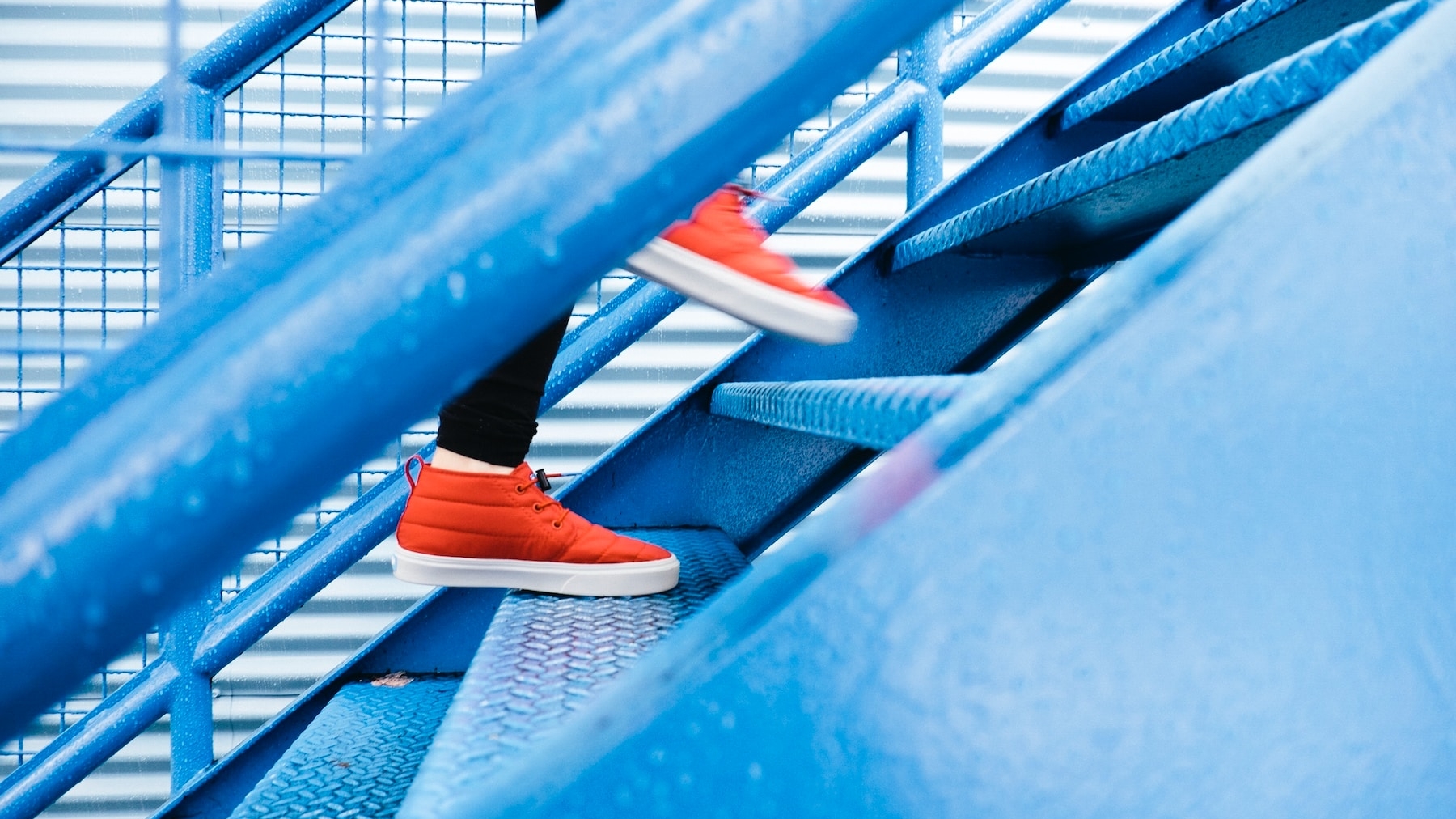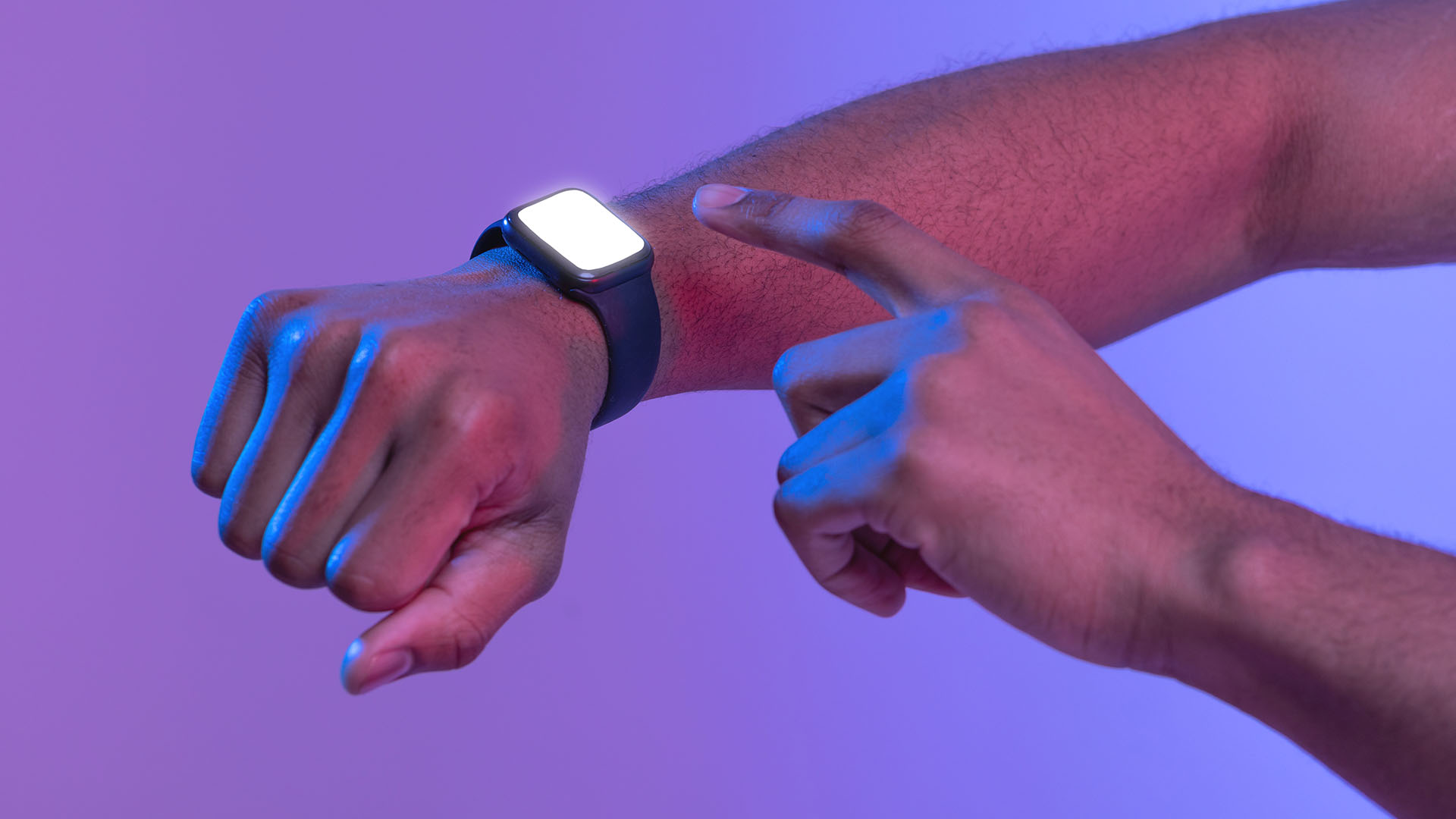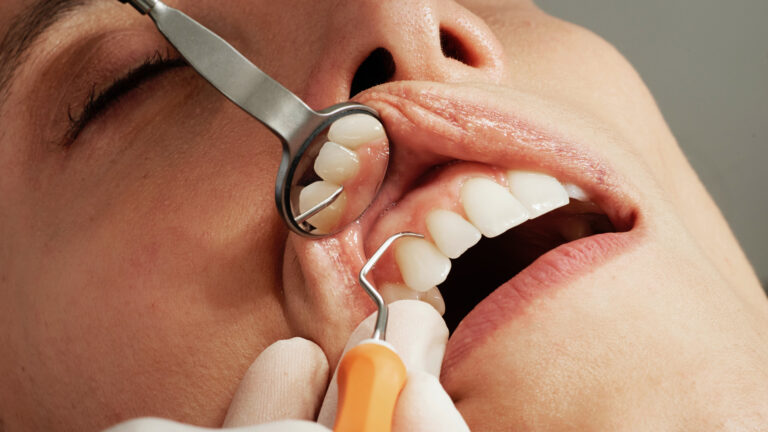The “Quantified Self” may not be benefiting your health after all. A massive number of us are now plugged into devices beyond our smartphones. Smartwatches, fitness trackers, sleep monitors, and more have become tools of both the “Quantified Self” crowd – or individuals who use self-tracking technology – as well as large numbers of folks who just want to be more informed on what their bodies are doing. But these devices can add real harm to our lives, and not just from their wireless functionality. Even having too much data itself can decrease our quality of life. So what can we do to protect ourselves?
Slaves to Steps and SMS: The Rise of Wearables
What is “wearable technology”? It could mean any kind of useful technology worn on the body, even something like a 17th-century Chinese ring where one could wear a miniature (and fully functioning) abacus on one’s finger. The wristwatch (and later, calculator watches), hearing aids, and the Walkman are all examples of “wearable tech”. However, here we are focusing on the modern active and interactive crop of gadgets worn on the body. These are intended to collect information from or relay information to the wearer directly or through another connected device. The most well-known examples are smartwatches and activity trackers. Nearly all use sensors that employ infrared light, radios that pick up and emit electromagnetic signals, and internal gyroscopes to detect motion.
The problem isn’t that we lack information; we’re virtually drowning in it. It’s that we often lack the ability to interpret the significants of our data. Data is useless if we don’t know what it means”
Dr. David Hawkins, MD PhD
In the early and mid-2000s, research was being done on sensing devices in the medical field, primarily to monitor and help patients through physical rehabilitation. Quickly, it was seen that this could be sold to fitness buffs and technology early-adopters such as the “quantified self” community, who were eager to measure their bodies to help better their lives. The first consumer-available tracker was released in about 2008: the BodyBugg. I remember this vividly as I wore one of these strapped to my tricep for more than a year straight, including at a wedding in a sleeveless dress. Dedication to data? Perhaps.
The well-known brand of FitBit activity trackers was rolled out in 2010 with a single model and has grown in diversity, power, and popularity ever since, while shrinking in size and (relative) cost. The first smartwatch from Samsung debuted in 2013, and the Apple Watch in 2015.
By 2019, 1 in 5 American adults had a smartwatch or a fitness tracker, and the number continues to climb.
In the activity tracker space, you can now wear an unobtrusive ring that collects motion data, tracks your sleep, and can even inform you (through an app) that your temperature is higher or lower than normal.
Benefits from wearable tech can extend far beyond counting steps or receiving text messages. The company Empatica makes a smartwatch called the Embrace which detects grand mal seizures in epileptics: truly a useful application for many. And constant glucose monitors are already in use by diabetics wanting to be more in touch with their blood sugar changes than a traditional pinprick testing device can offer. In addition, monitoring one’s body temperature can be useful in fertility timing.
But what if these devices negatively affect our well-being—independent of the useful data they provide? This is a crucial question and we’re here to dig deep.

Pitfalls and Potential Harms From Wearables
There are two main issues to consider regarding potential dangers of wearables: effects on bodily systems from EMFs, and effects on general well-being from an overload of information.
Harm #1: What The EMF?
First, let’s briefly talk EMF (short for Electro Magnetic Fields) and potential risks. EMFs are created by the body itself and from many natural phenomena such as electrical storms and solar flares. Additionally, we are exposed to man-made EMFs from the electrical grid (power lines and wiring in buildings) as well as from many of our electronic devices, from smartphones to wearables.
Research on the negative effects of EMFs is vast and thankfully growing. While more studies are in the works and need to be done, a good number are concerning already. Two of the mechanisms that EMFs are thought to do harm is through mitochondrial disruption and changes to calcium channels in cells.
Some studies have linked EMF exposure to increased incidence of a certain kind of brain cancer, disruptions in melatonin production (both up and down), damage to DNA, increased incidence of antibiotic-resistant bacteria, and even depression in certain individuals.
Disruptions to the central nervous system as well as the autonomic nervous system are difficult to quantify, but so far the research indicates that “wait and see” could end up causing harm. One meta-analysis brought together dozens of papers about EMFs and the nervous system and is worth the read if you only read one. There are organizations such as Bioinitiative that have proposed standards for EMF levels both emitted by devices as well as exposure levels in humans, which could help to guide future policies worldwide.
Once we’ve determined that EMF from wearables is something to be monitored and minimized if possible, what about that phone in your pocket? Smartphones emit EMFs at 10 times the strength of wearables, and we’ve been living with smartphones for the better part of a decade. We might wonder if wearables are not a problem at all, given that disparity. However, most smartphone users do not have their device next to their skin for more than an hour or two each day, whereas an activity tracker is often recommended to be worn 24/7. Nearly a third of regular users of wearable tech say they feel “naked” if they take their device off at all. Just doing the math on the EMF levels, a wearable device could easily exceed the daily total load of a smartphone close to your body. And don’t forget that using your smartphone as your sleep tracker by putting it under your pillow is absolutely a high-risk undertaking that we do not recommend.
Harm #2: Too Much Information!
The other pitfall of wearables is the sheer accumulation of data about ourselves and what we choose to assimilate and act upon. Ever go to the grocery store and find it nearly impossible to choose toothpaste because there are 31 kinds? This kind of overload can happen even with something as potentially helpful as becoming a healthier human. Knowing your temperature, your heart rate, your bedtime movements, your activity level, and more might get you to a personal goal. Or it could just turn into a nightmarish pile of “things that need attention” that add to an existing sense of guilt or fear about negative health effects.
Health for our bodies is rarely “solved” by adding more. More data, more information, more metrics. We crave these because it can make us feel more in control of our well-being. And the data is so easy to access it becomes tempting to say no. We understand!

Calm In The EMF Storm: Tracking Yourself Intuitively
Can We Know Ourselves Without Devices?
How can we become better humans and mitigate the potential dangers of our wearables? The first and best thing to consider is that our bodies have what they need to help us be healthy and detect when things are going wrong. Tuning into how you actually feel, without having a pile of numbers and data to tell you how you feel, might be the best way to approach your health.
If you already collect a lot of data on your body, it is because you care about your health, and we applaud that. And yet, the more data you collect, the more it might be difficult to make real changes if your information is conflicting. Maybe your sleep tracker says you had a great night’s sleep and yet you woke up feeling like you tossed and turned all night without much rest. In this case, believing the device because it is science-based rather than listening to your body could be moving you away from sustainable health rather than towards it.
Reducing your EMF exposure in other ways is a good idea: turning off your household WiFi at night, using any device that transmits and receives wireless information at the farthest reasonable distance away from your body (smartphone on speakerphone mode, laptop on a desk instead of on your lap, et cetera). Consider using wired headphones instead of BlueTooth devices. And if you keep your smartphone near your body all day, keep it in a drawer or a shielded bag instead of in your pocket or on your lap while you sit at your desk (or drive your car!). Small moves like this can reduce your EMF exposure from devices by magnitudes.
Other Ways To Increase Your Connection to Your Body’s Data
There are commercial products designed to help shield your body from EMF and these are worth considering, but also be aware that not all “EMF protection” technologies are equal. Actually blocking EMF can be effective: using Faraday shielded bags or even mats in your bedroom will reduce your exposure. But research on wearing items that absorb EMF is spotty and worth skepticism.
Tune in to your body’s language and many of your questions will be answered: Do you sleep better after removing all transmitting devices from your bedroom for a while? Does your stomach tell you that you need to eat more food today because you had a stressful week and your body is in recovery mode? Do you work in a more focused way when your devices are far away? Your body is full of signals.
You can take action to reduce your potential risk from EMFs and from your wearables. The easiest solution and the one we recommend is to wean your life of wearables, completely. Start out with a day without data. Then a week. See how much you can simply tune in. You might be pleasantly surprised.
Vacationing From Tech: Boost Your Health and Connection
As we know, staying in touch with one’s own “health data” is tempting, addictive, and oh-so-easy with our current technology. But is it really making us better humans? Healthier bodies? Perhaps we could do very well indeed with a lot less technology in our lives, and absolutely less stuff to wear.
We can find increased calmness in our lives not by adding more inputs, but by reducing our energetic outputs. Let go of the need to know everything and trust that your body can talk to you. “What gets measured gets managed” is a well-known quote in business, but when it comes to your body, managing every possible aspect of your metrics could leave you even more stressed and worried than before you started. Consider adopting a simple lifestyle that you already know is healthy: good sleep hygiene, real foods, movement, connection to people, and time in nature.
Let’s leave with a homework assignment for all of us: experiment with vacations from your wearables, including BlueTooth devices. Let’s say you have three of the most popular technologies: wireless earbuds, a smartwatch, and a fitness tracker ring. Start with the earbuds: swap them out for those original wired earphones. They might not be the coolest thing ever, but do the job they’re designed to do: transmit sound to your ears (and they are highly unlikely to get lost!). Do this for a week, including work and leisure days, and see if you even notice the quality of your life changing. Maybe it will go up – the times that you might go headphone-free could increase if you feel like plugging the wires in is a hassle. This means you’ll be more connected to the world around you. Then move on to the smartwatch – leave it in a drawer for a week and feel your heart rate reduce itself, naturally, without having to check it throughout the day. And, that ring: go a week without sleeping while wearing it. You might feel some withdrawal not being able to verify that your good night’s sleep was “real”, but you will also get in touch with your natural ebbs and flows of alertness.
In the end, we like to take a “less is more” approach, letting our bodies speak in their own language. Are you ready to listen?
* Disclaimer: The statements made in this article have not been evaluated by the Food and Drug Administration. Any products or treatments mentioned are not intended to diagnose, treat, cure, or prevent any disease. Please consult a licensed medical practitioner for medical advice. At Innovative Medicine, we believe in transparency. We want you to know that we may participate in affiliate advertising programs pertaining to products mentioned herein.





